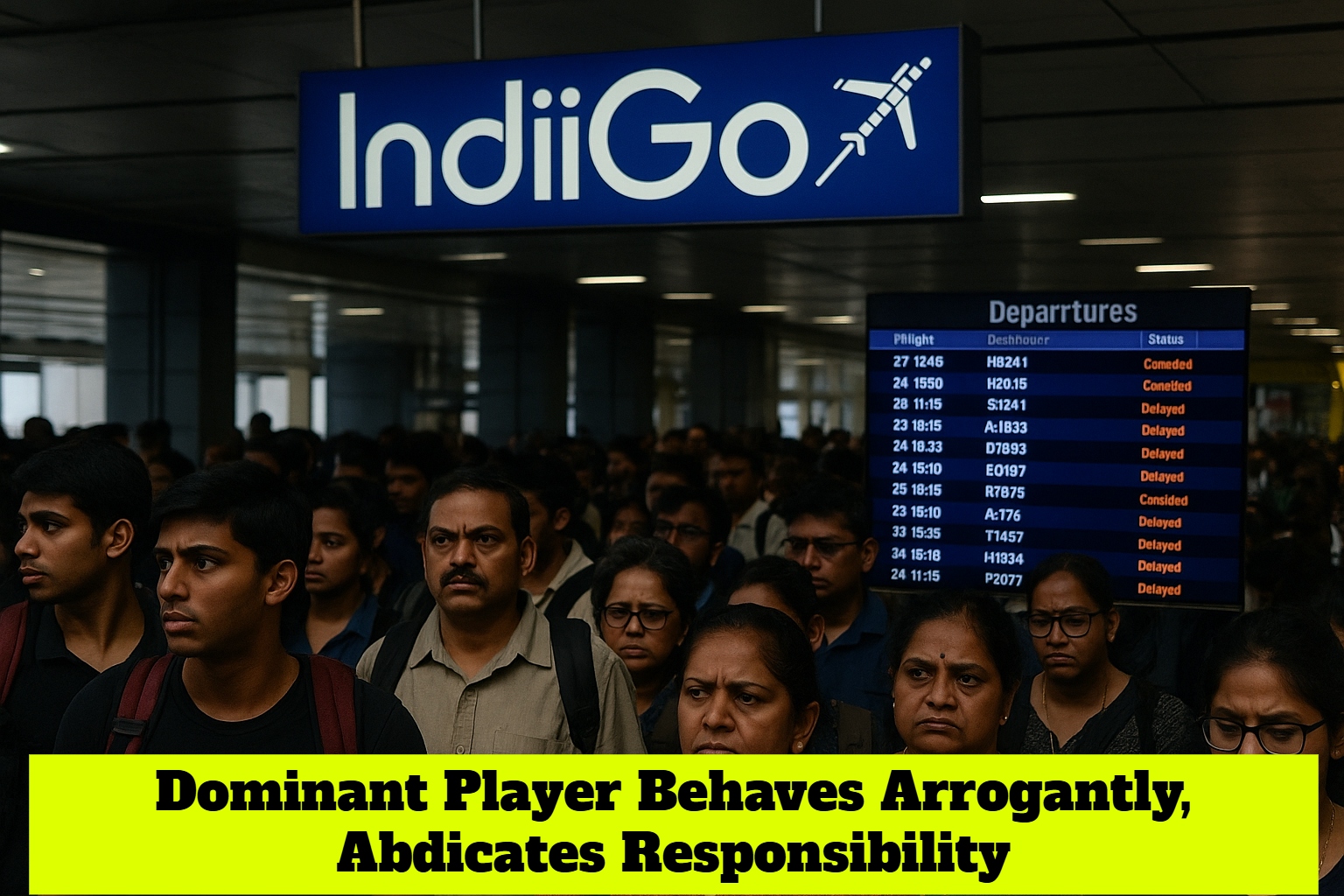

By Ashwini Agarwal
First publised on 2021-04-20 10:38:14
India has vaccinated about 13 crore citizens in the three months since the drive started. That means on an average, 14.5 lakh people have been vaccinated each day. Although a high of 43 lakh doses was achieved on April 5, it dropped to just 12.3 lakh doses on April 18. Vaccine hesitancy, coupled with fears of getting infected in the raging second wave, is keeping people away from vaccine centres.
According to the John Hopkins University in the US, only 1% of the Indian population has been fully vaccinated (which means they have received both the doses) till now. Government figures corroborate this as only 1.74 crore have been fully vaccinated. Due to the shortage of vaccines, it has not been possible to inoculate a larger number of people.
At this rate, India would have taken at least two years to achieve herd immunity by fully inoculating at least 50 to 60 percent of the population. But with the second wave of infections threatening to engulf the country, the government has taken several measures to ramp up vaccine production by providing funds to vaccine manufacturers to augment production facilities and ensuring that all units capable of manufacturing vaccines are pressed into service. It has allowed imports of vaccines approved by WHO and other countries such as the US, the UK, the European Union and Japan, subject to bridge tests of first 100 recipients for one week. It has also allowed the private sector to directly procure vaccines from manufacturers or import them and provide them to the public at a reasonable price to be fixed by the government.
To ramp up production, the government has decided to provide advance payment of Rs 3000 crore to Serum Institute (manufacturers of Covishield) and Rs 1567 crore to Bharat Biotech (which manufactures the indigenously developed Covaxin) for stocks to be supplied by them in the next few months. As per information, Serum Institute is likely to increase production from 6-7 crore doses now to 10 crore doses in May and ramp it up further by August. Bharat Biotech, on the other hand, has said that it will double its production by May-June and take to six times the present level by September when it is likely to produce 10 crore doses per month. If these figures materialize, and if all vaccines produced are used in India, then by August-September, India will have 20-30 crore doses per month (more if imports are accounted for) and will be able to fully inoculate 50-60 percent of its population by December if it manages to create the infrastructure to jab 80-85 lakh people on a daily basis.











